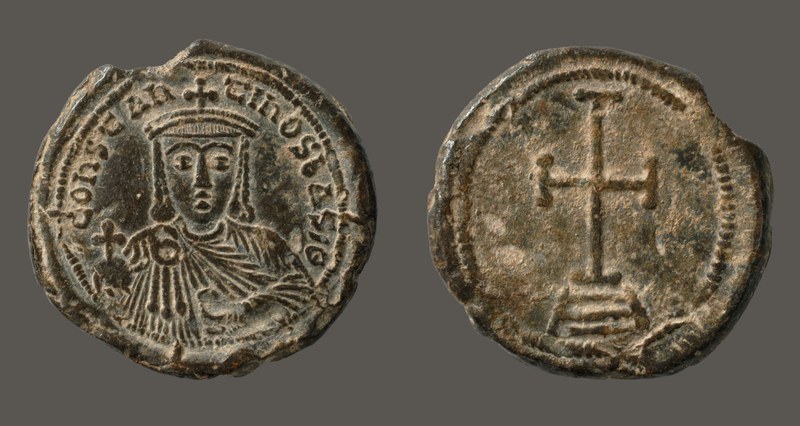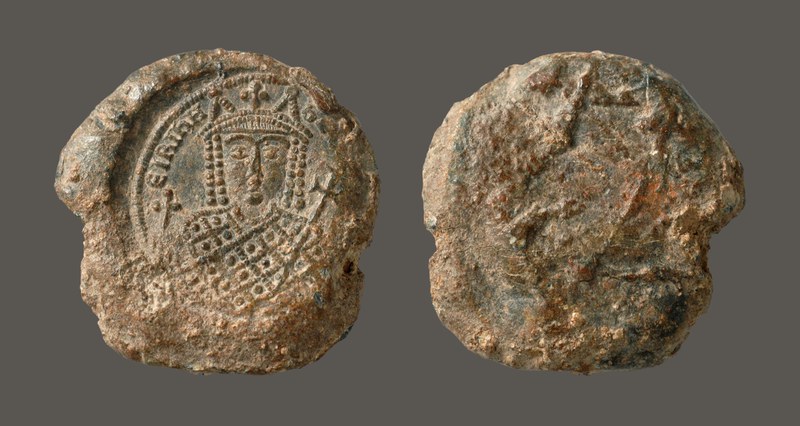
The Isaurian dynasty was founded by Leo, strategos of the Anatolikon theme, who overthrew the emperor Theodosius III in 717. Leo immediately faced an Arab siege of Constantinople that lasted for a year. Leo's reign is perhaps best known for the beginning of the age of Iconoclasm, a period of dispute over the veneration of religious images, which would last into the ninth century. Leo's son and successor, Constantine V, was an ardent iconoclast and successful general. He created the tagmata—the professional military force based in and around Constantinople—thus reducing the power of the provincial military. The empire showed some signs of recovery under his rule, but he was unable to prevent the loss of Ravenna, the capital of Byzantine Italy. Constantine was well thought of by the people of Constantinople, which he repopulated following the plague of 747 and where he restored the fresh water supply by repairing the aqueduct of Valens in 767. Little is known of Constantine's son, Leo IV. He pursued the policy of Iconoclasm, but does not seem to have widely persecuted iconophiles. Leo died after five years on the throne, leaving the empire in the hands of his wife Eirene as regent for their infant son, Constantine VI. Eirene overturned Iconoclasm in 787 at the Second Council of Nicaea. Ten years later Eirene had her son blinded, making her the first woman to rule Byzantium in her own right. The Isaurian dynasty came to an end five years later when Eirene was overthrown and exiled to Lesbos.
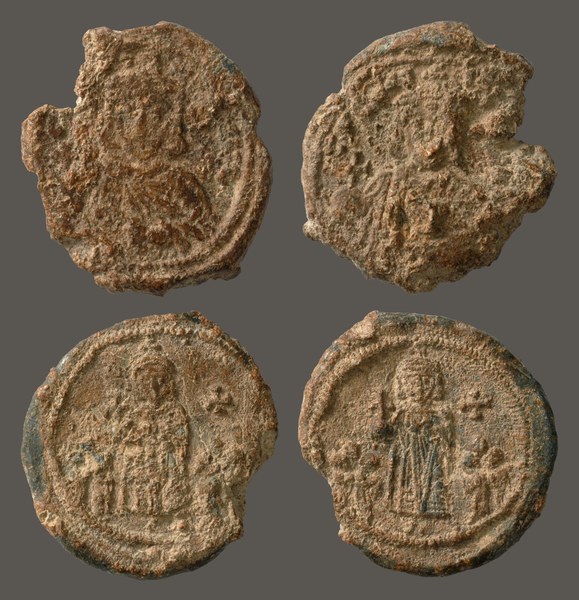
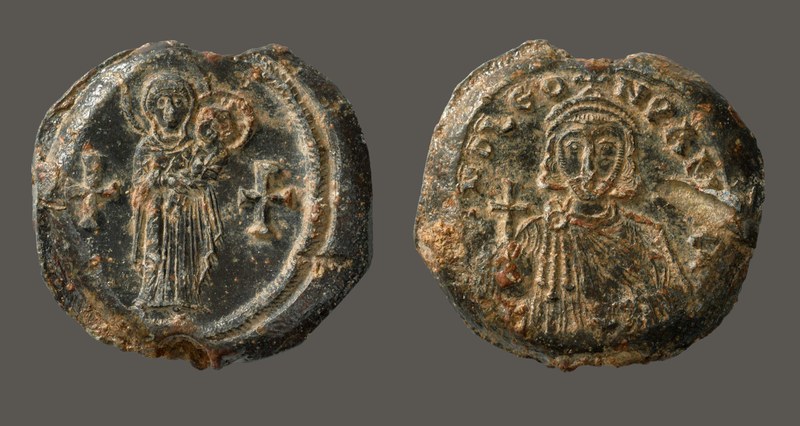
Although he is known for his iconoclastic views, Leo III (717-41) for the first three years of his reign issued seals that were in the same tradition as those of his predecessors. Leo continued to show the Mother of God on the obverse of his seals, although he did move to a more stylized imperial portrait than those used by the Herakleian dynasty.
Leo crowned his son co-emperor in 720 and from that moment Constantine V appeared on his father's seals. There are three classes of these dynastic seals, the first shows the two emperors en buste, the second shows them as standing figures with smaller, bowing figures to either side, and the third and most influential design was aniconic. The third design placed the cross on the obverse and the inscription "Leo and Constantine, pious emperors of the Romans" on the reverse. With the exception of a reordering of names this design would be retained by all of the Isaurian emperors until part way through the reign of Constantine VI.
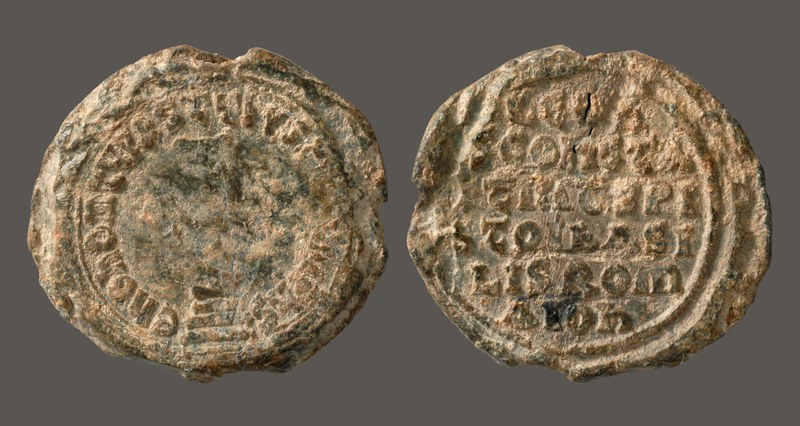
The strongest assertions of dynastic succession and continuity are found on the coins of the Isaurian emperors, who are not only depicted with their associates, but also with deceased predecessors. By the reign of Constantine VI, the emperor appears with his mother and regent, Eirene, as well as with the past emperors Leo IV, Constantine V, and Leo III. Coins did not become this crowded until the eleventh century, during the regency of Eudokia Makrembolitissa and the reign of Romanos IV.
The aniconic seals share the design of the miliaresion, and therefore do not convey the sense of dynasty as strongly as the solidi. Instead, the relationship between senior and junior emperor, between father and son, is indicated in the reverse inscription. The consistency of design conveys continuity as strongly as the family seals of the Herakleian dynasty, and is further underscored by the fact that all the Isaurians bore the names Leo or Constantine.

The final seals of the Isaurian dynasty return to the practice of using an imperial portrait. Seals showing a young Constantine VI probably date to the period between October 790 and January 792, when Constantine removed his mother from power and ruled alone, before restoring her to power again. The seal of Eirene dates to the period of her sole rule after the blinding of her son in 797 and closely mirrors the portrait found on her gold solidi.
